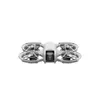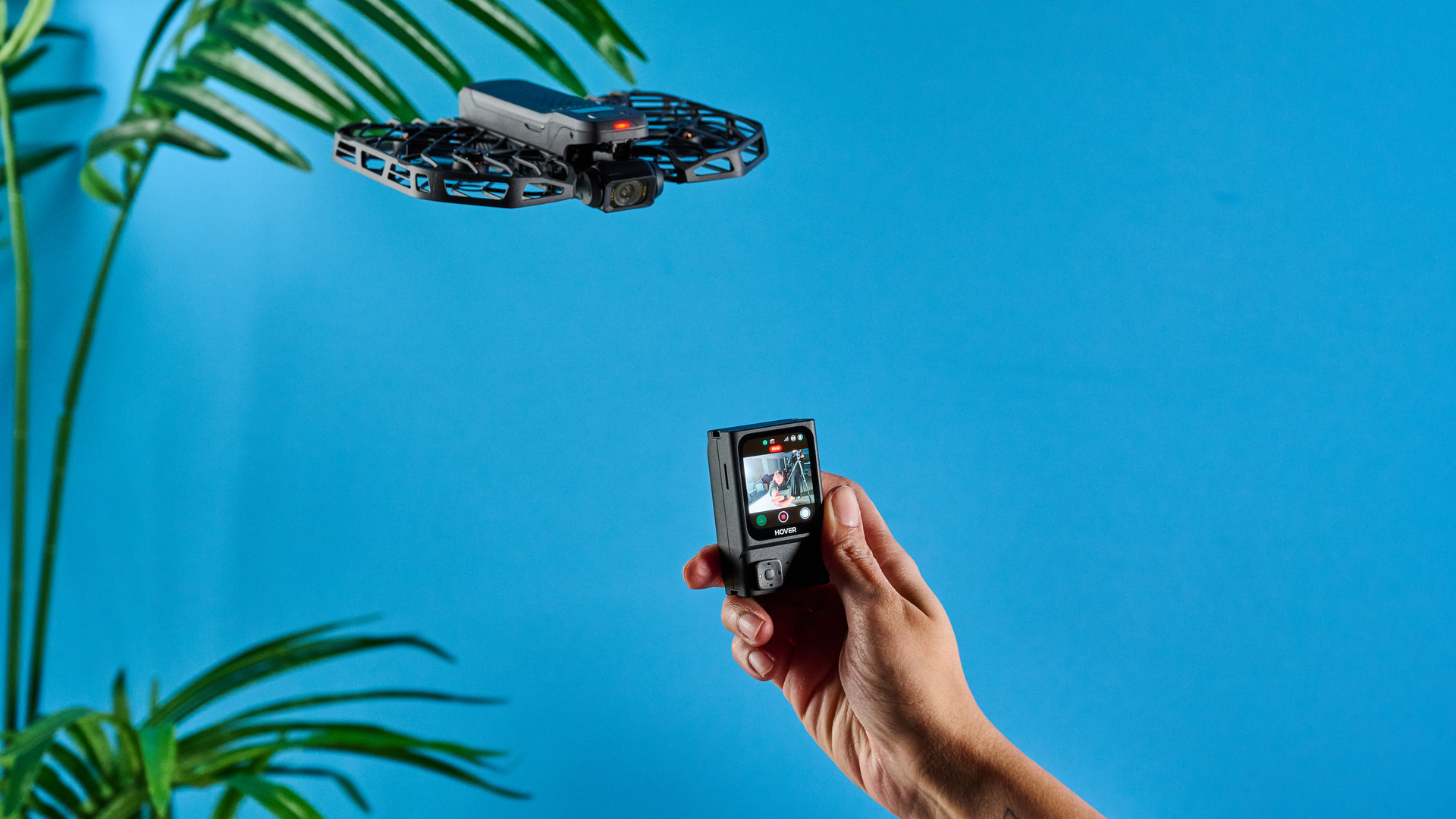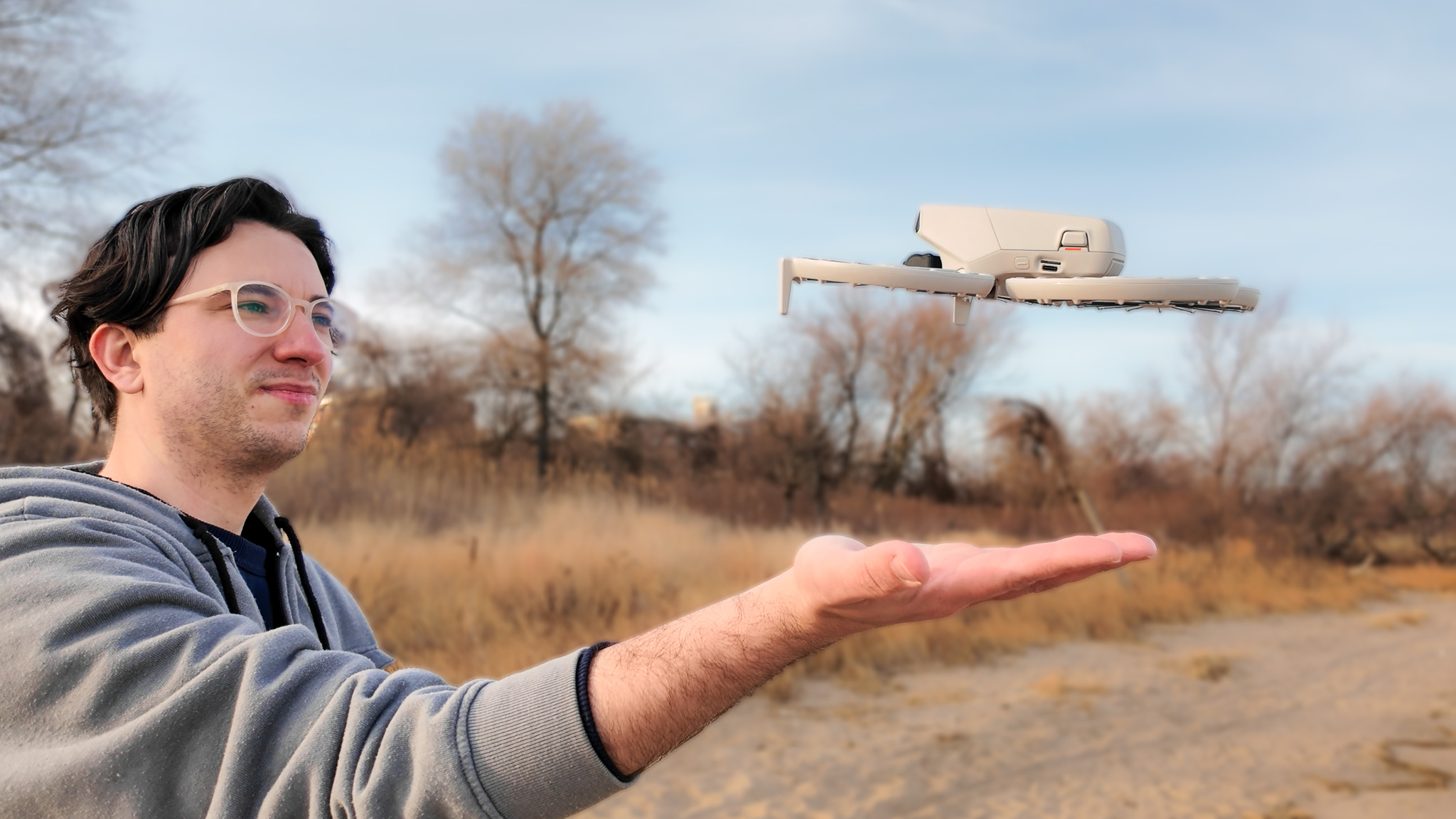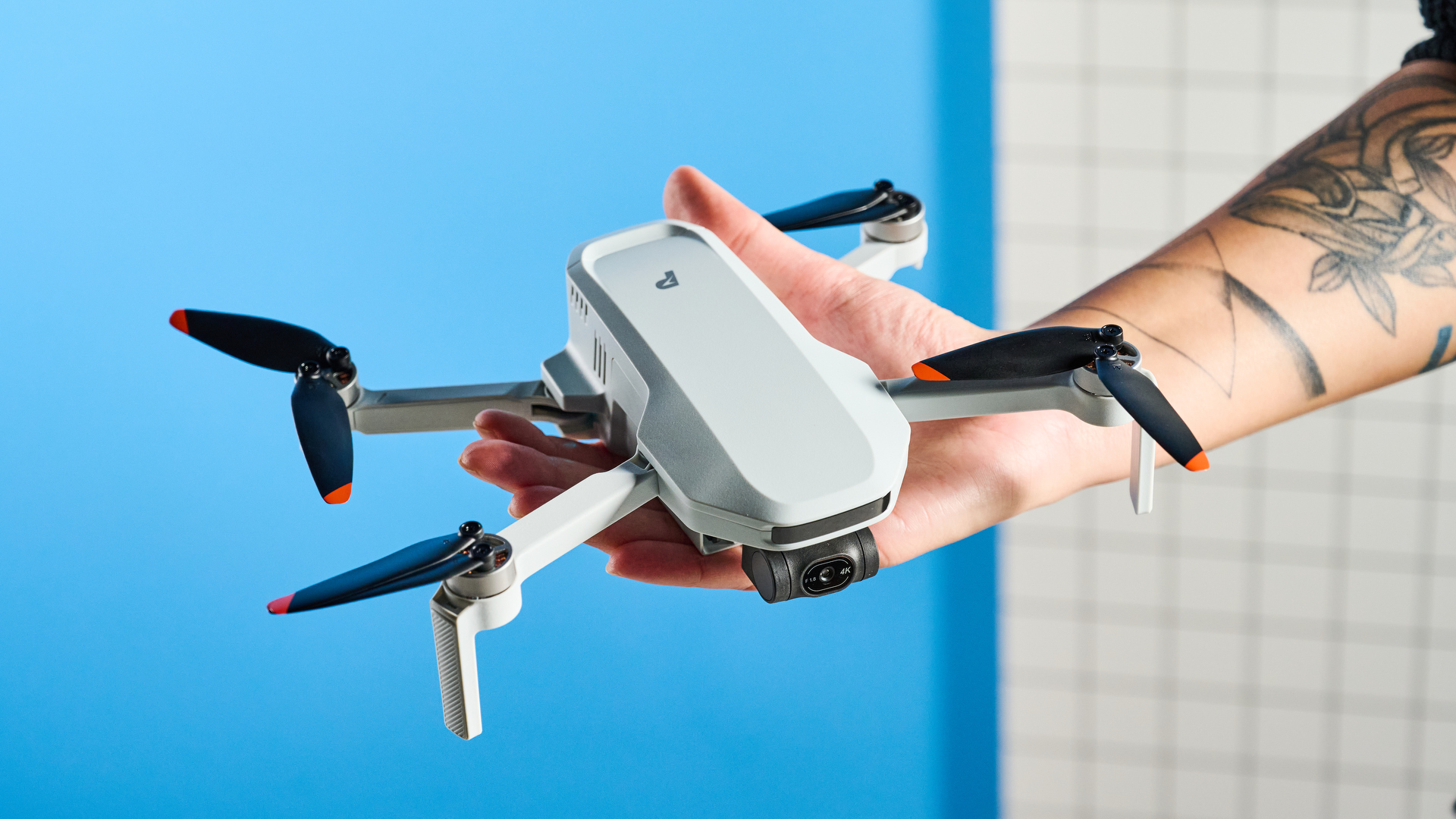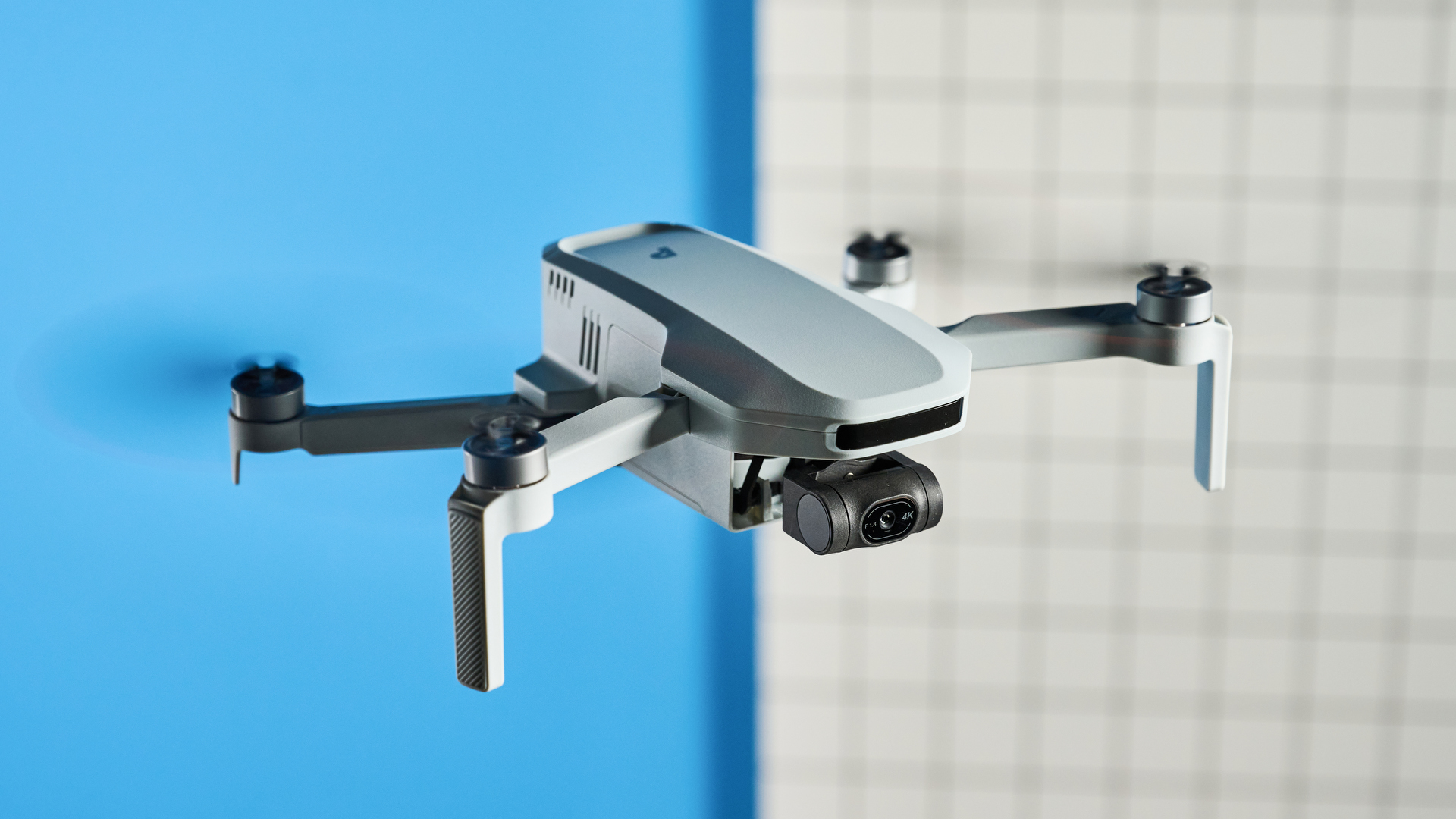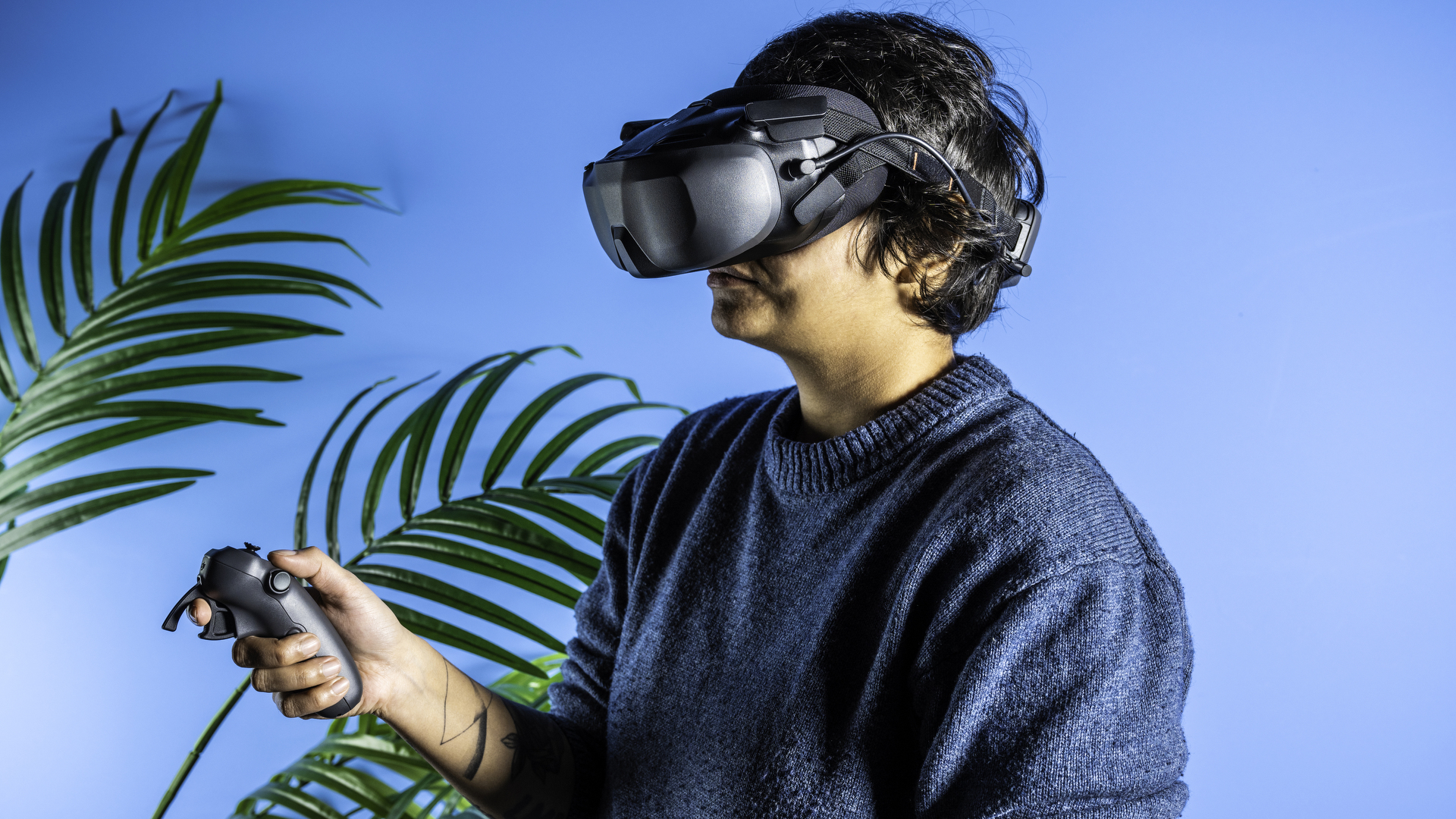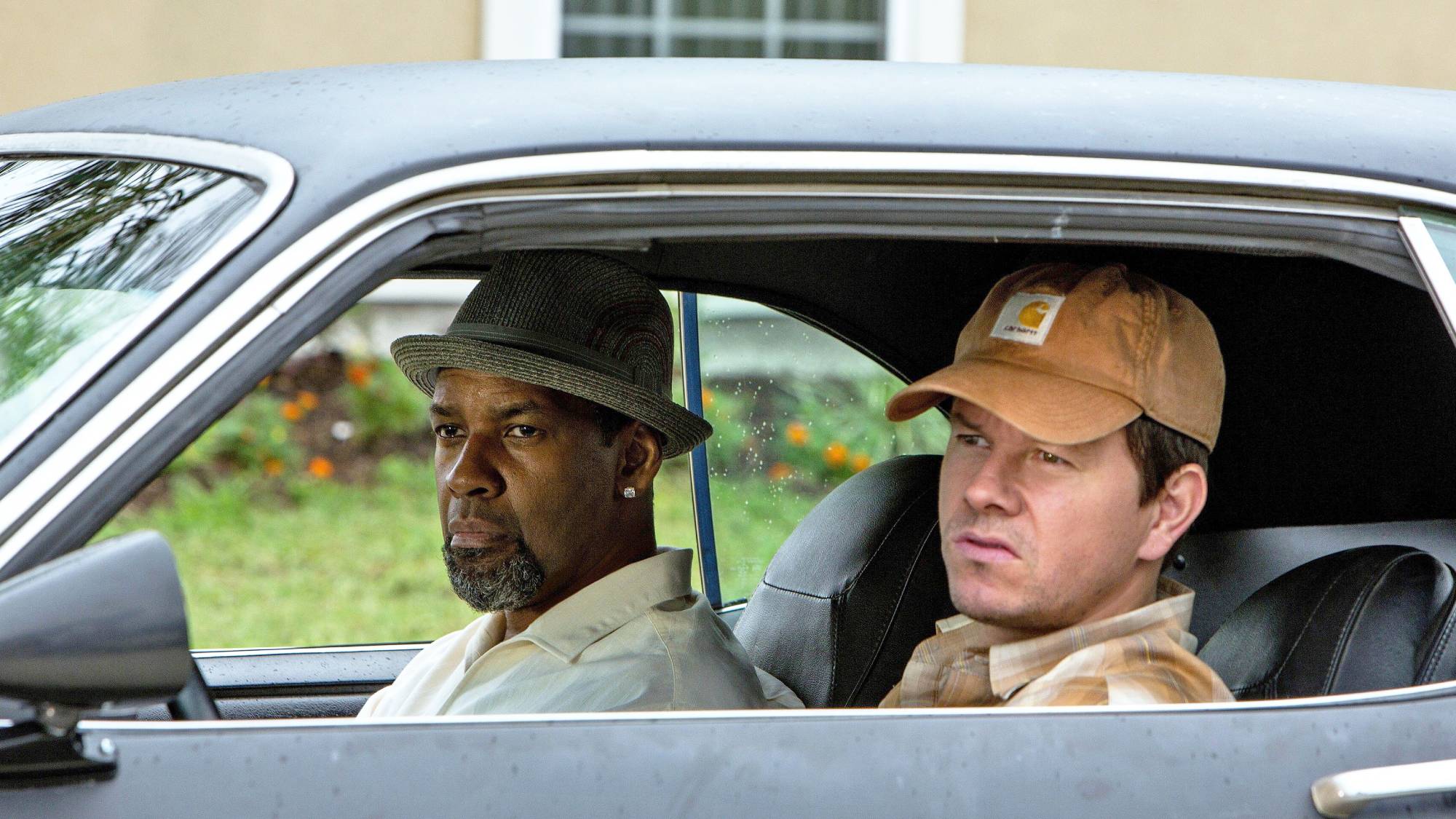When you purchase through links on our site, we may earn an affiliate commission.Heres how it works.
Instead, the drone software will no longer enforce “No-Fly zones.”
Now, drone operators will be responsible for not flying in places they shouldn’t.
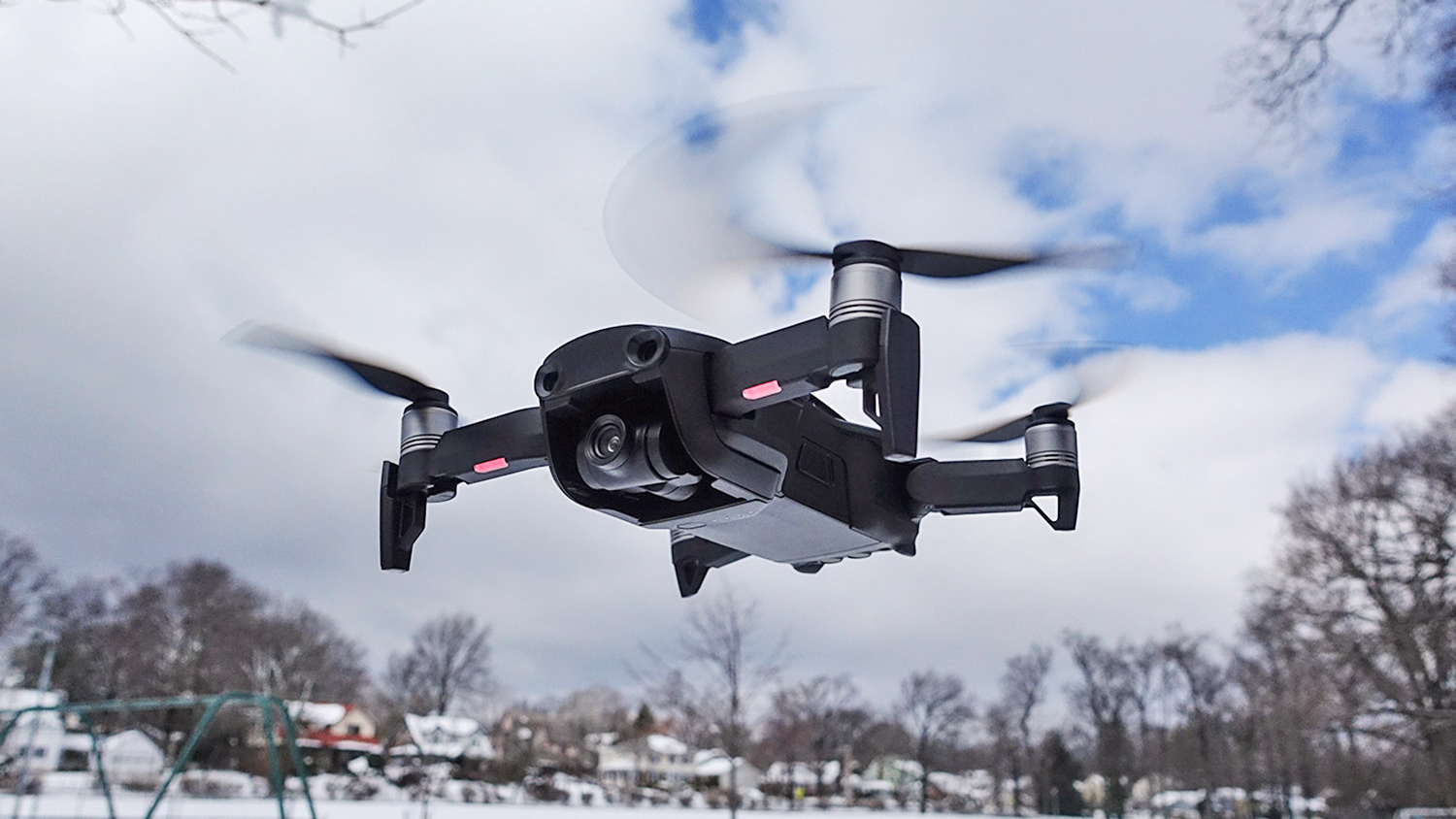
DJI Mavic Air.Credit: Mike Prospero/Tom’s Guide
That incident grounded the plane as the drone ended uppunching a “fist-sized” hole in the wing.
Reportedly, that drone was a sub-250 gram model that might not have Remote ID.
Meanwhile, other operatorshave been arrestedin Los Angeles for flying drones over wildfire areas in the Palisades and Altadena.
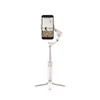
The geofencing feature was created by DJI when it first entered the consumer drone market.
However, in June of 2024, the US house passed aDJI drone sales ban.
In an interview withthe Verge, DJI defended the decision to remove the geofencing feature.

They reiterated that geofence was voluntary and the FAA’s Remote ID requirements are more helpful for authorities.
The company also noted that it follows similar changes that were implemented the European Union in 2024.
A spokesperson told The Verge that there was “no evidence of increased risk” in the EU.
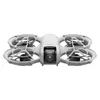
More from Tom’s Guide

